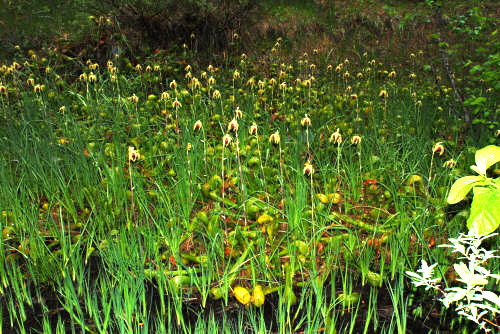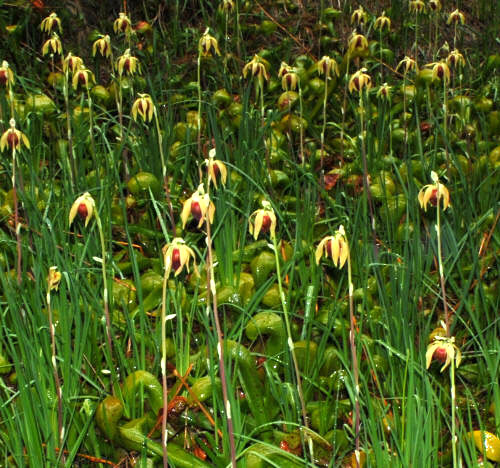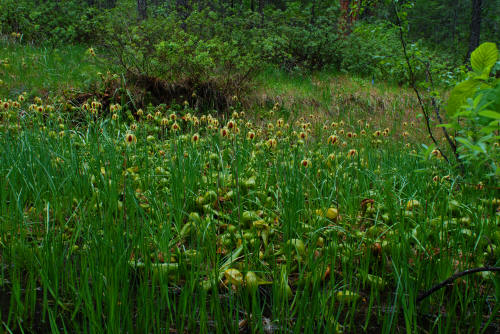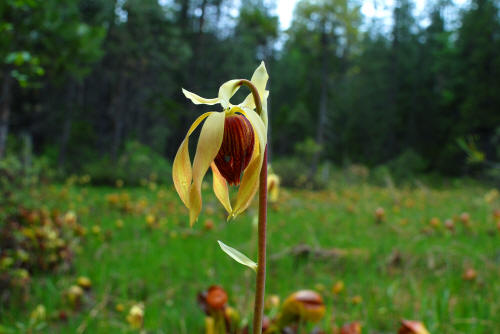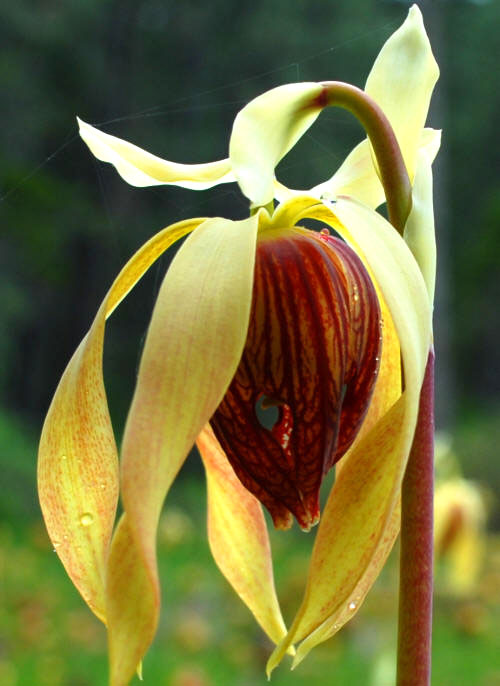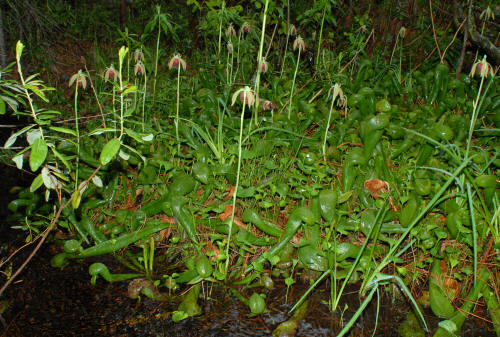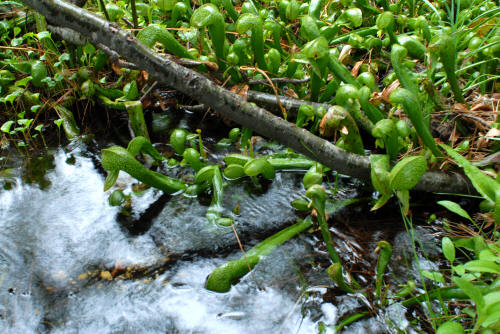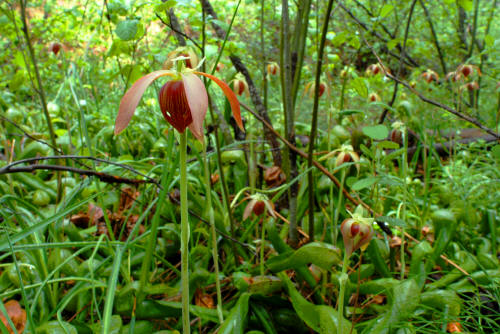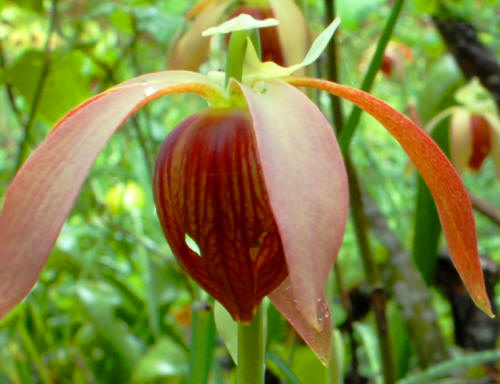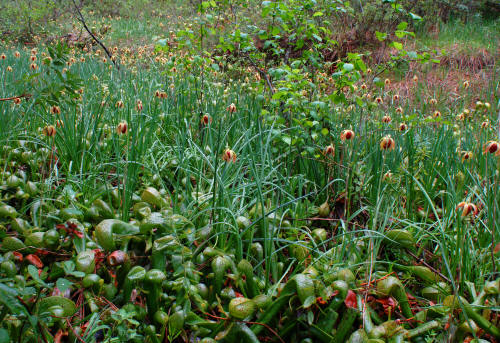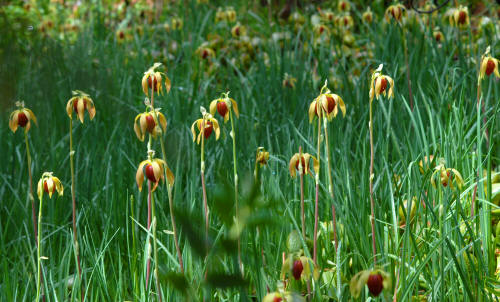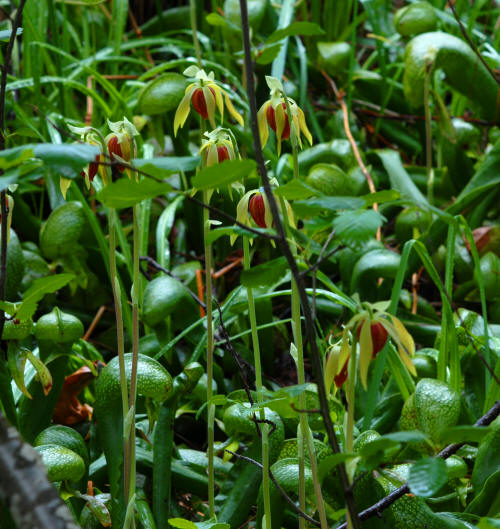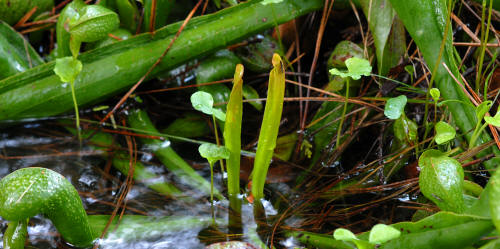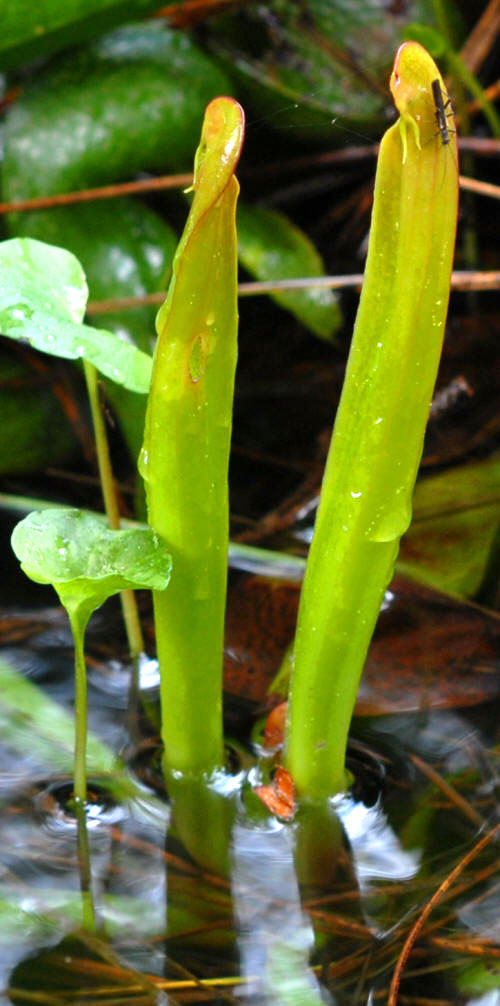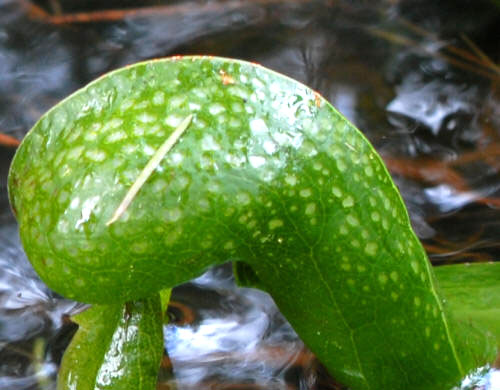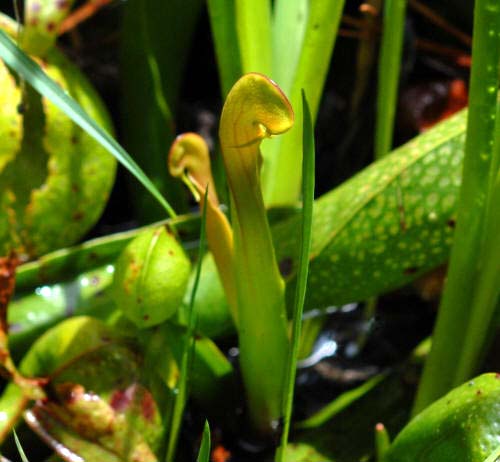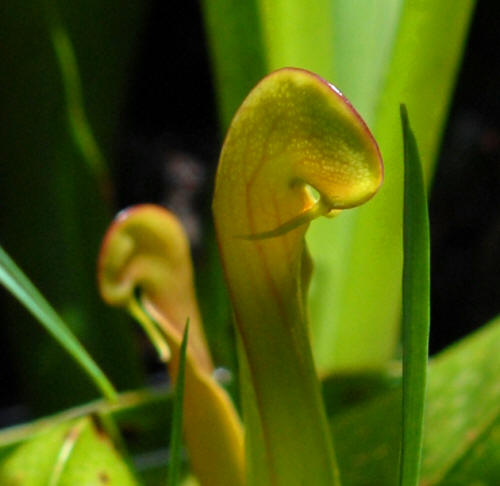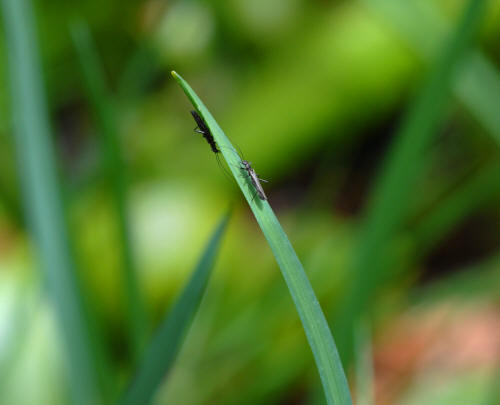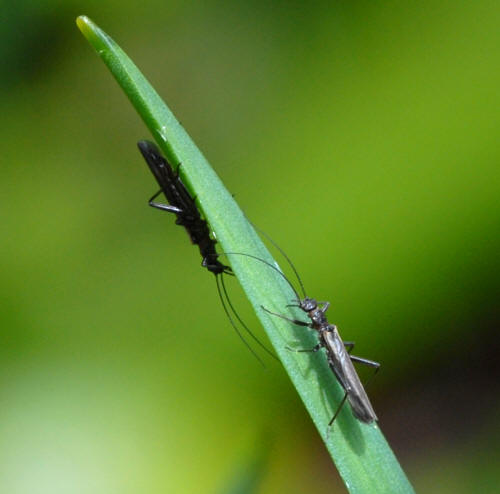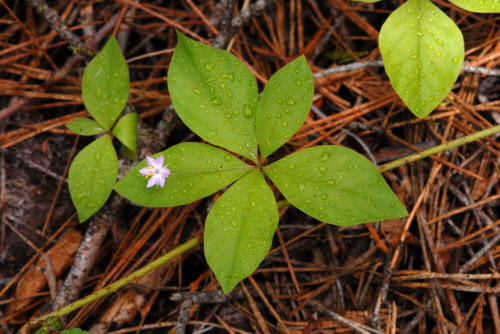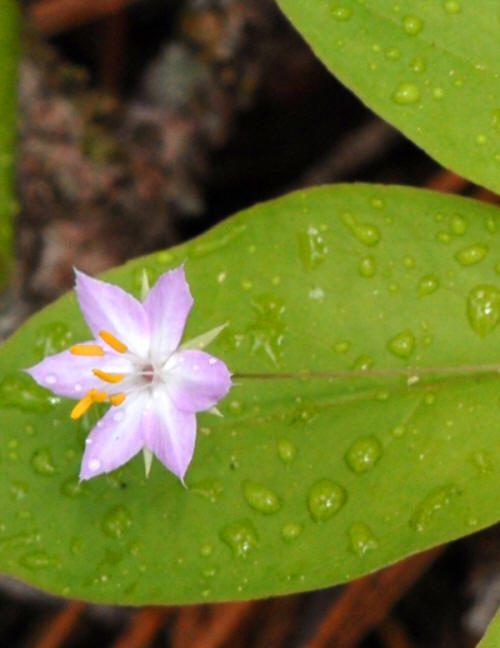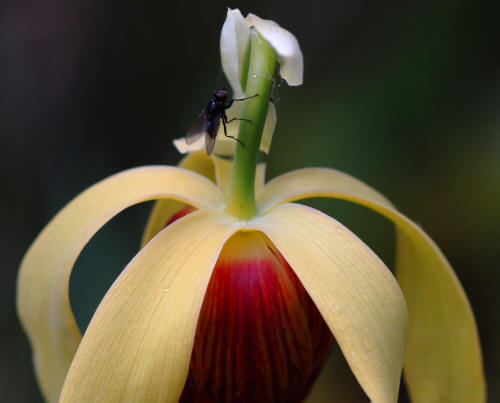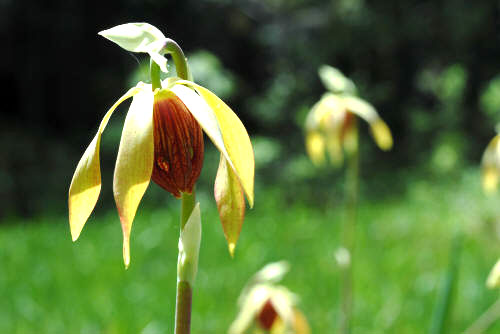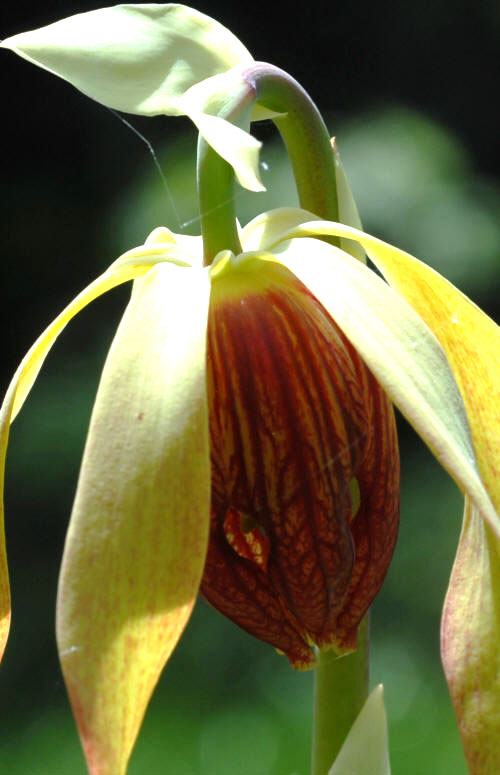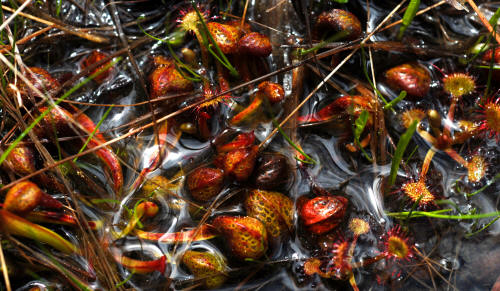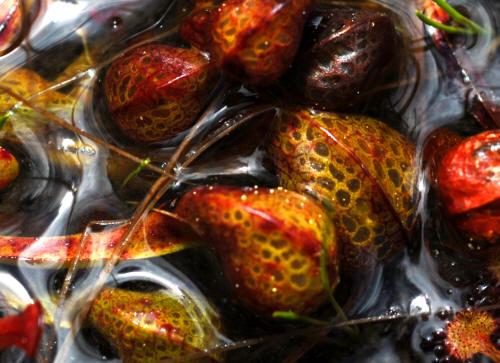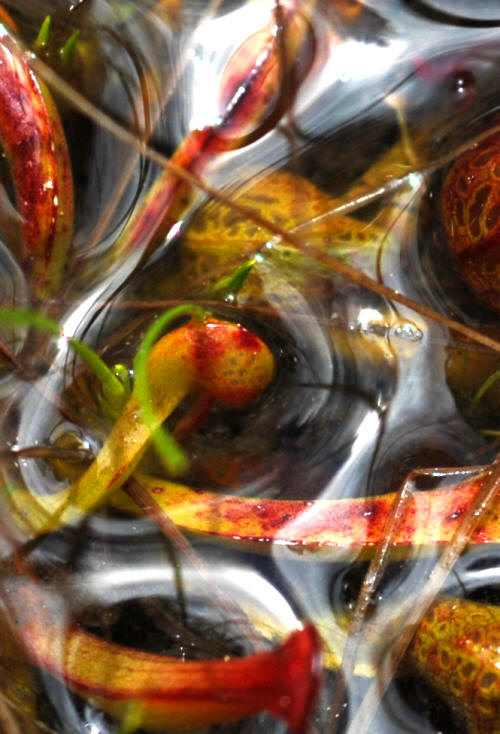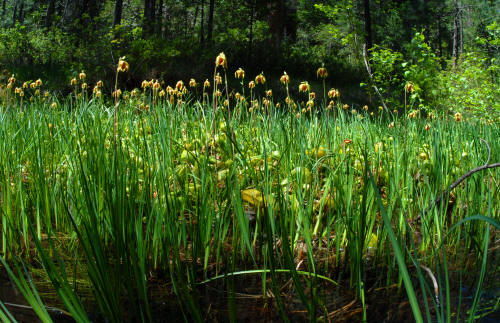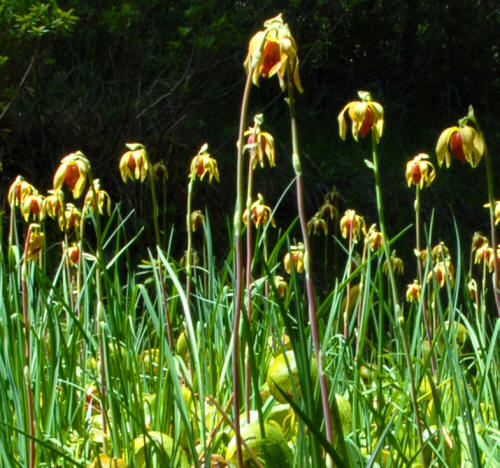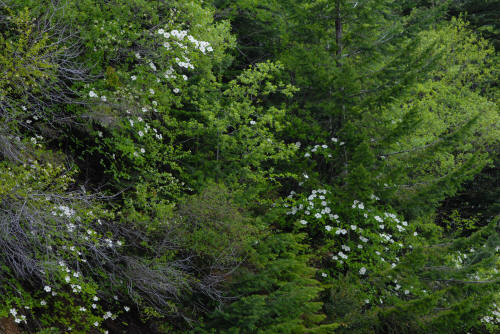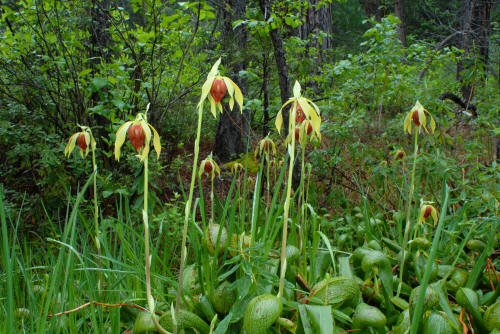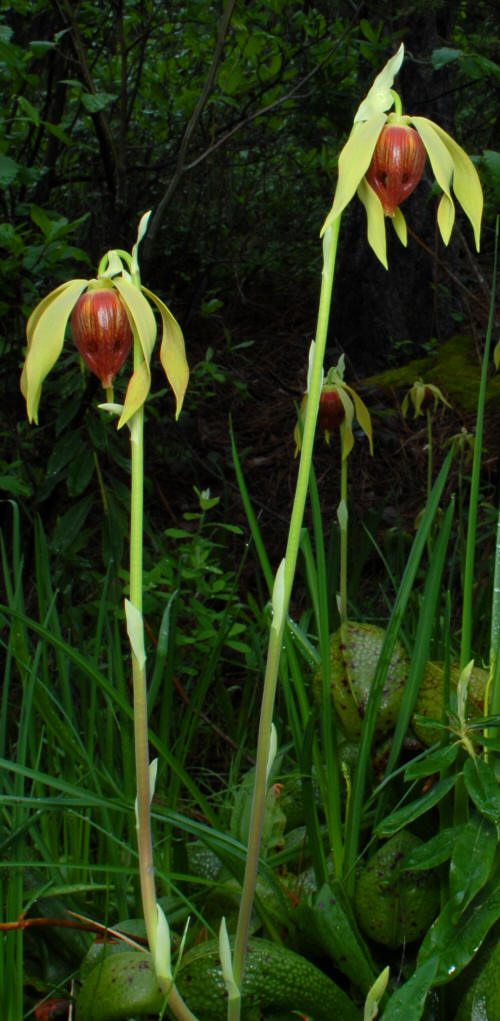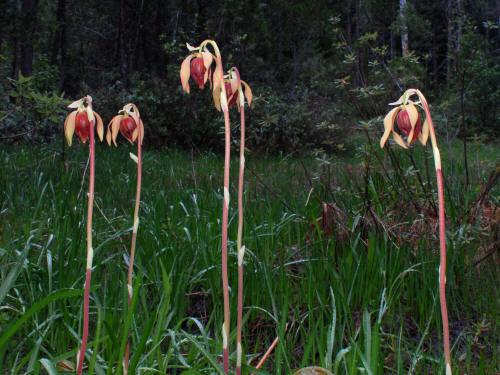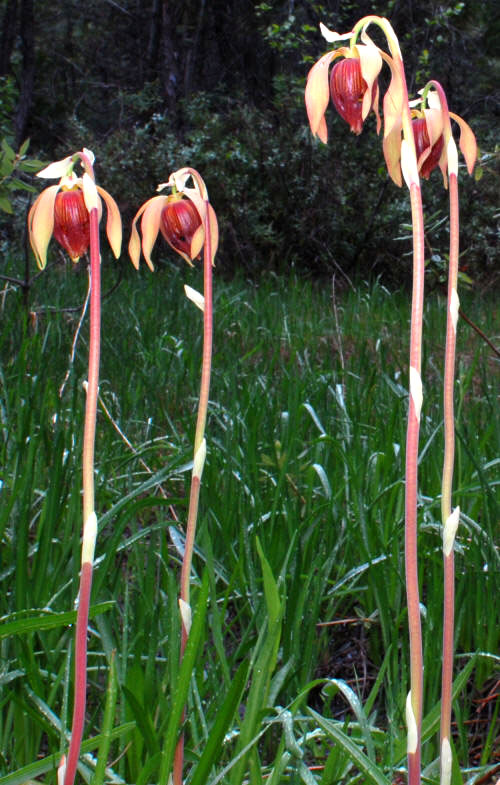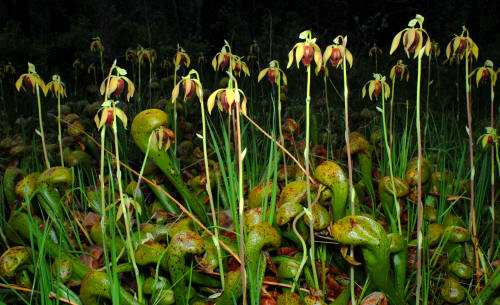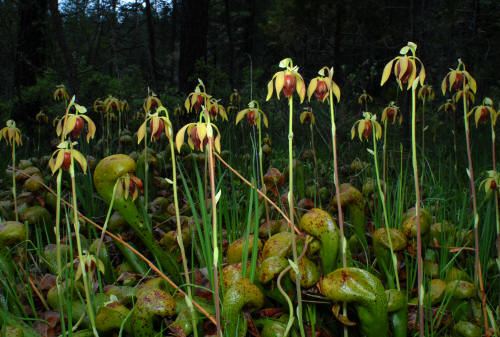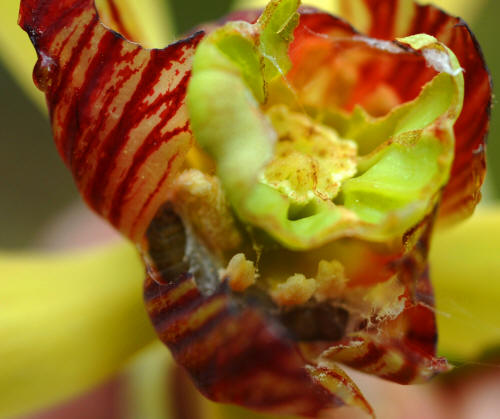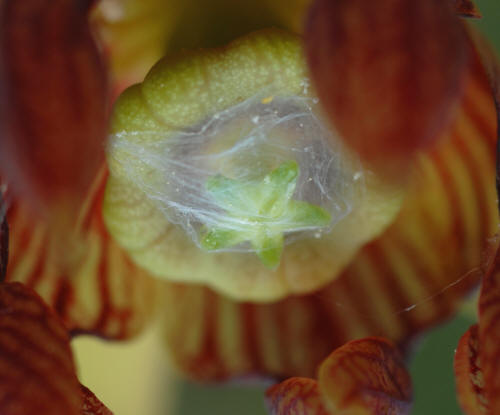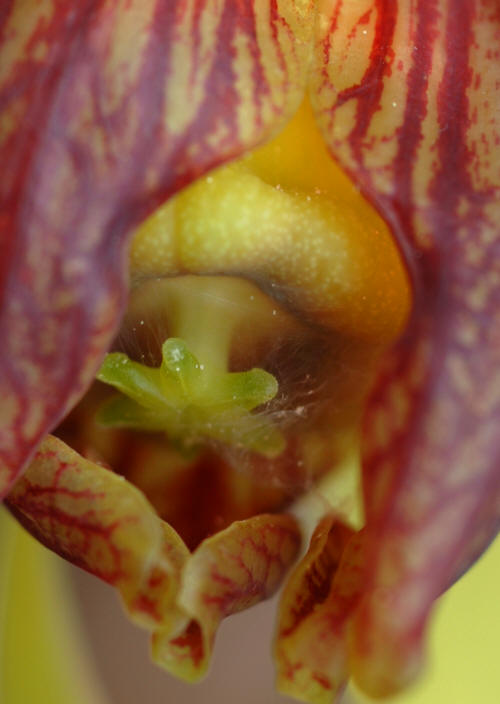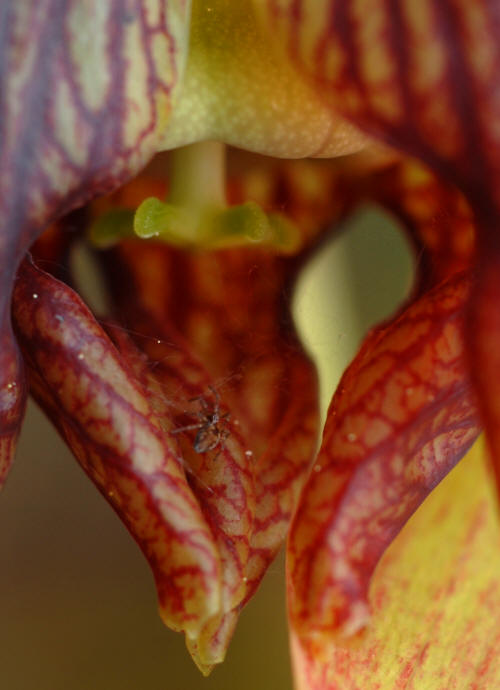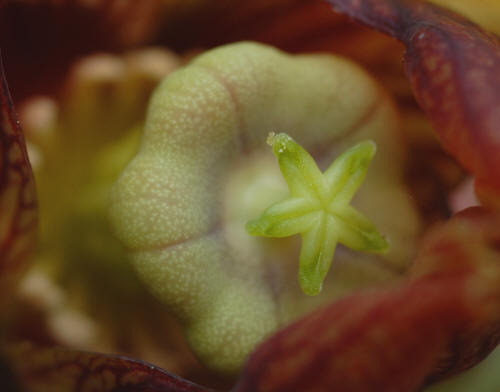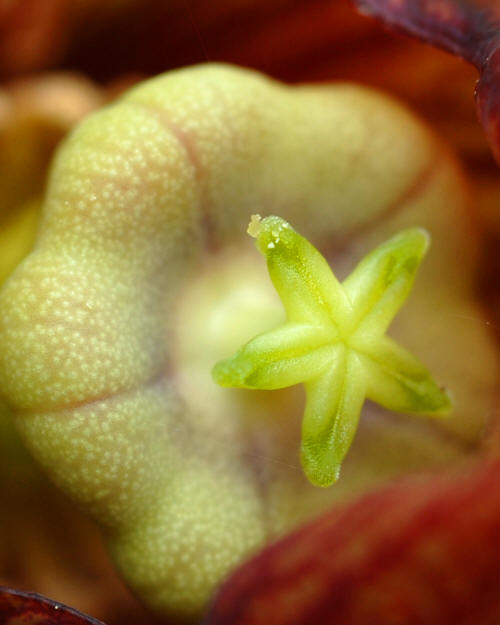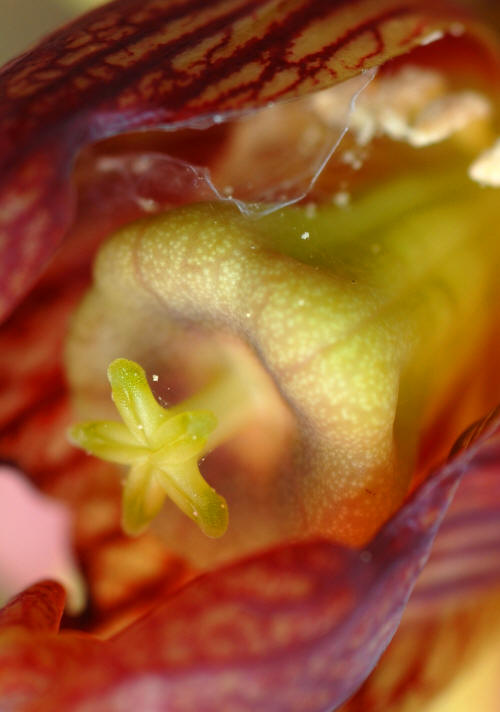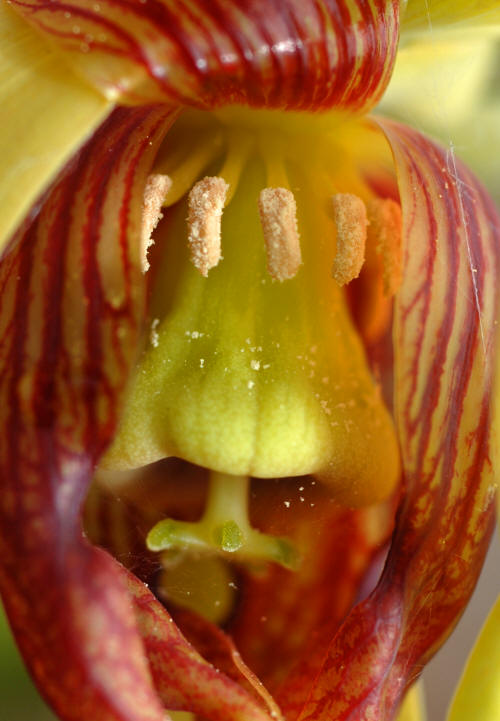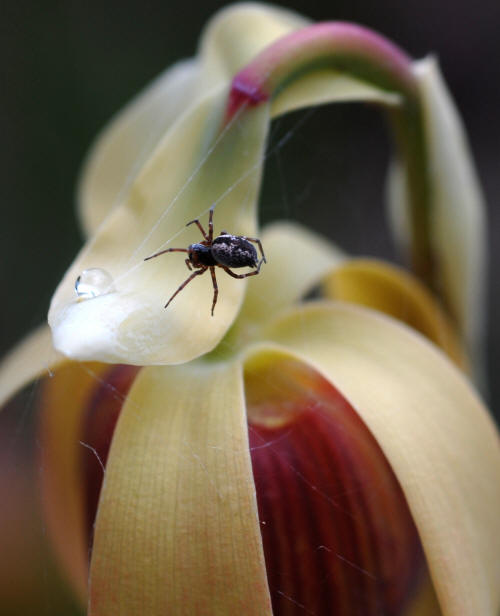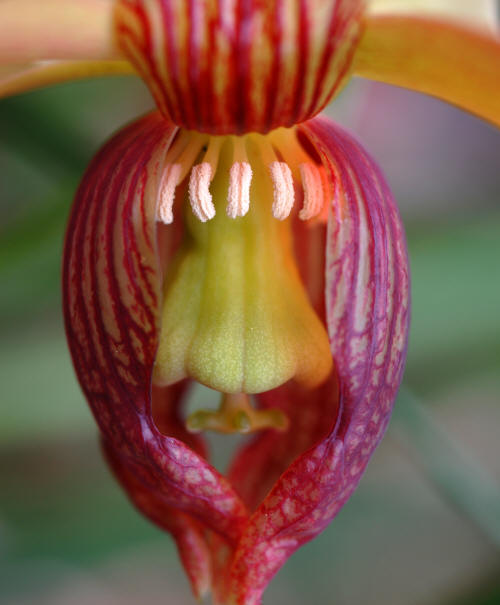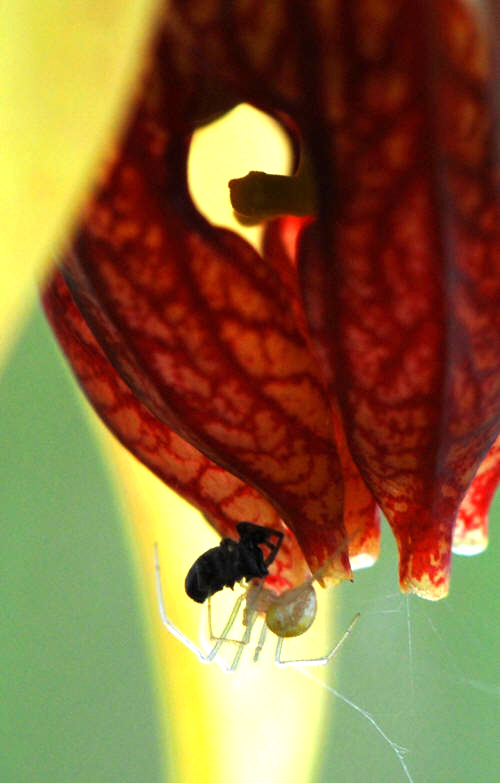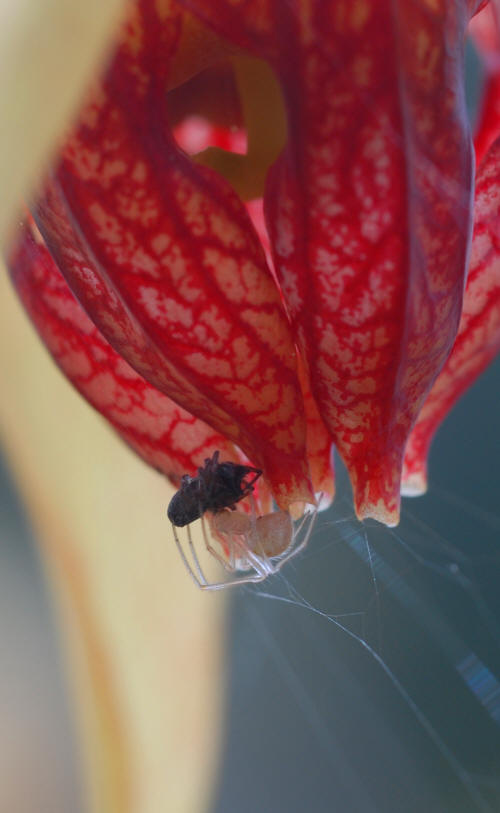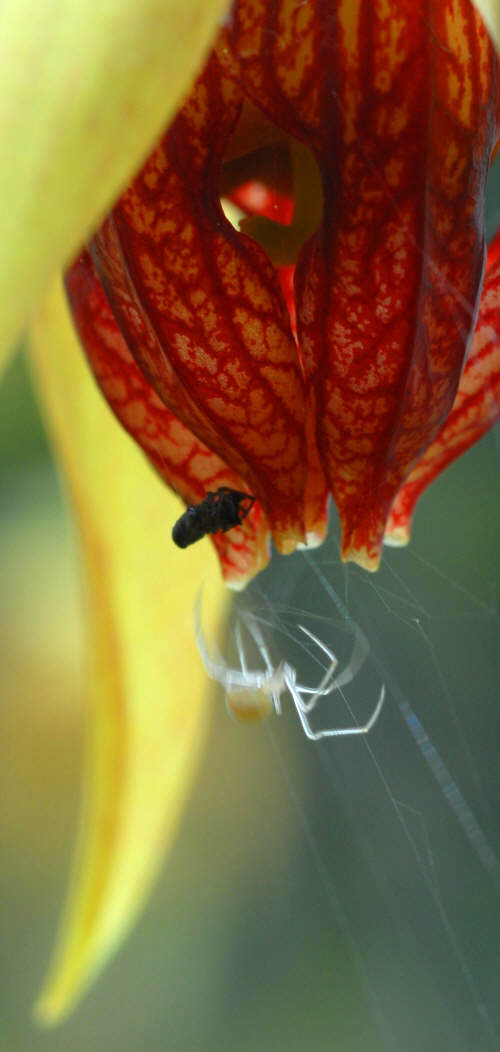|
Introduction
|
Cobra Plants with Spiders
I visited a cobra plant habitat in
northern California. It was raining when I got there. But as
you can imagine, dangling flowers of Darlingtonia are well protected
from rain drops. Cobra plant blossoms in the rain in northern California....
Stigma and pollen are nice and dry under the secure cover of five sepals and encased corolla.
Darlingtonia growing vigorously in the running stream.
Sepals also assuming a reddish tint.
The first new leaves of the season. Are cobra plants really a compass plant?
The new leaves sprouting out at the time of flowering in cobra plant habitat. In a month of so, the leaves develop into a functional pitcher.
Based on my past observations, I always assumed the height of the flower to be around 70-80 cm at the time of flowering. When the seeds mature in autumn, the flower stem reaches 1 m. Some of my recent observations show, however, the scapes are much shorter, say, only 30-40 cm. I have seen other people's reports indicating similar scape length. My first thought was that the length may differ depending on the year (due to severity of the previous winter and the like). But I did find some remnants of previous years scapes that are 1 m or longer. Now I think I know the reason why I am seeing the shorter scapes in recent years: I am observing the flowers earlier in the season (early May, as opposed to the end of May). I believe the scape lengthens significantly during this period. I can tell by looking at the density of bracts at the tip of the scape, just above the flower. When the flower has freshly opened, the portion of the scape close to the flower (a few inches) are not fully grown, as seen by a short distance between neighboring bracts.
Greenhouse effect of the cobra dome....
Bed and Breakfast.....
Spiders, Spiders, and More Spiders.........Virtually all blossoms have a trace of spiders and/or their webs.
Omnipresence of arachnid species.... Pollinators or infestation?
An uninfested flower, like this one, is rare in the natural habitats.....
A spider eating a fellow spider...
|
